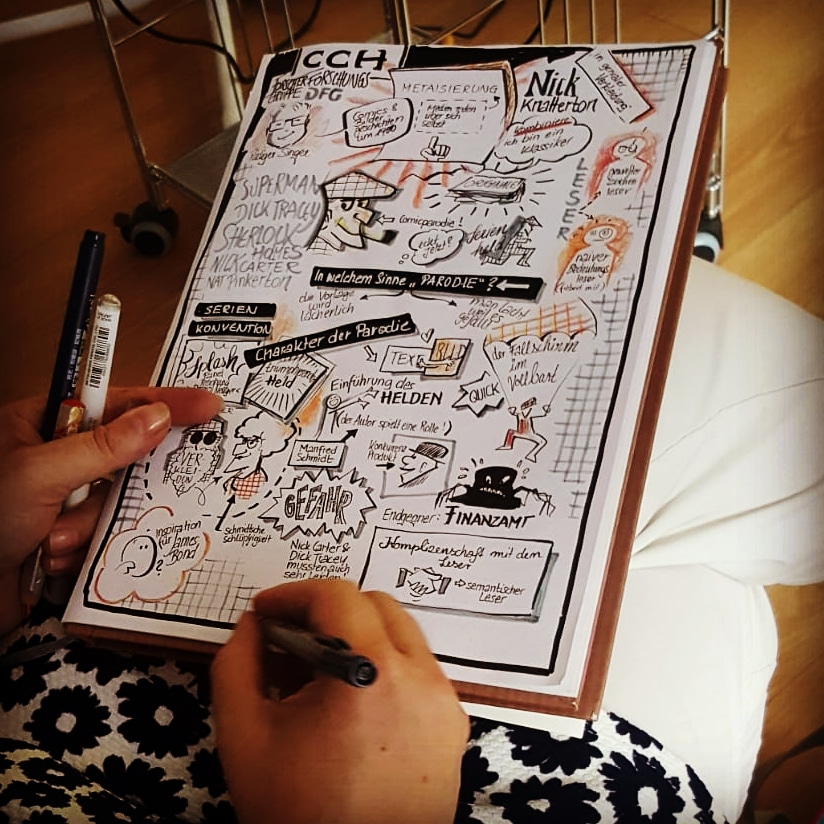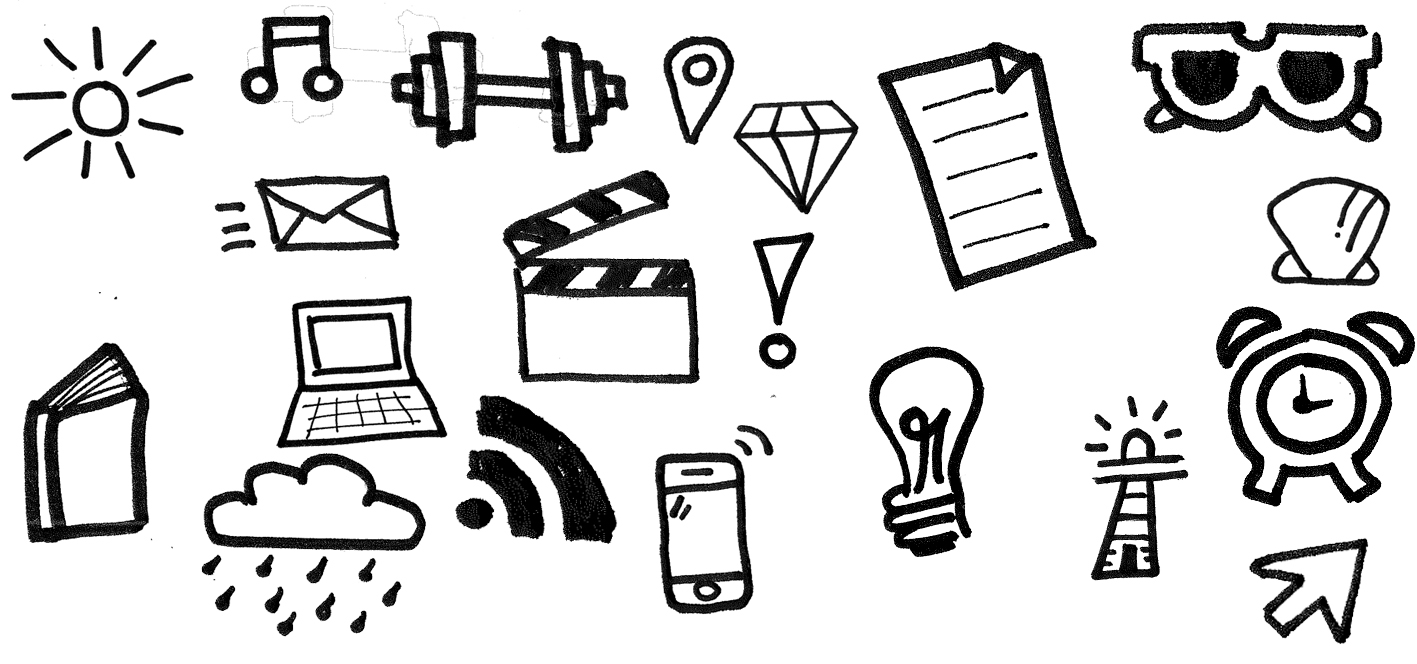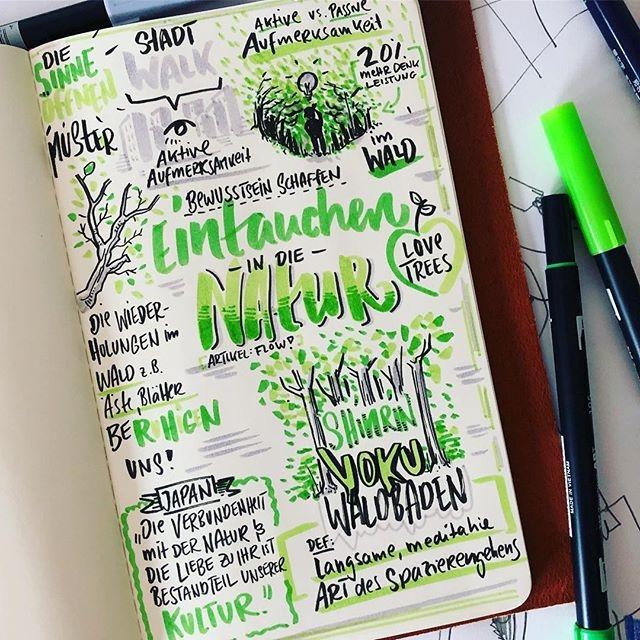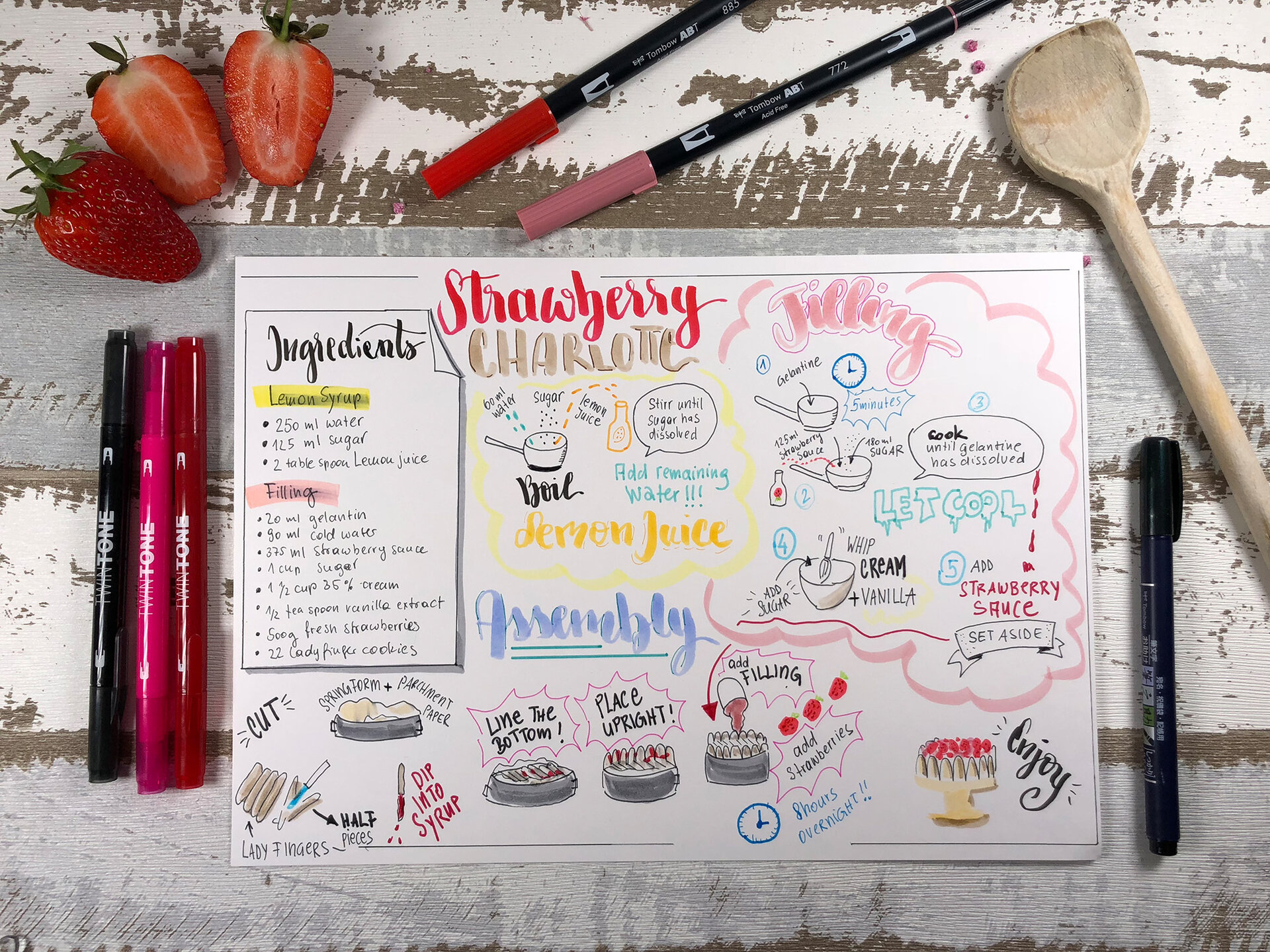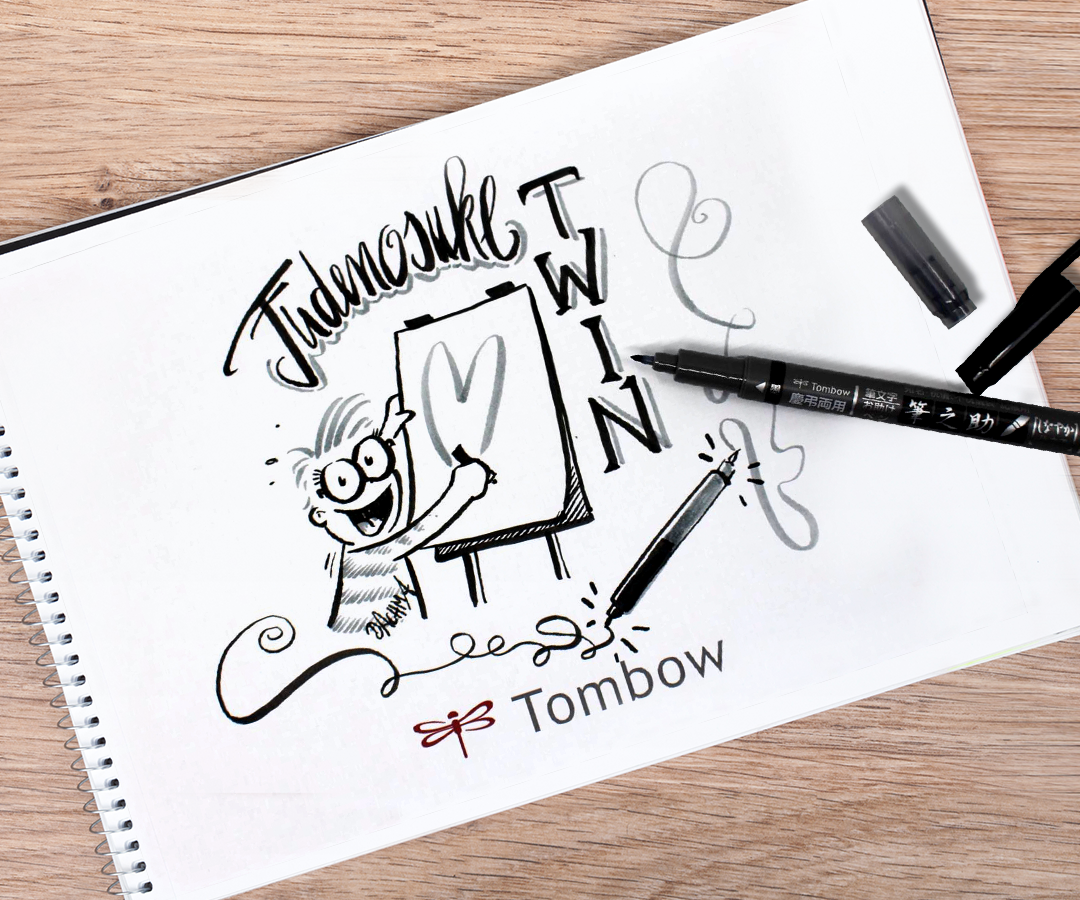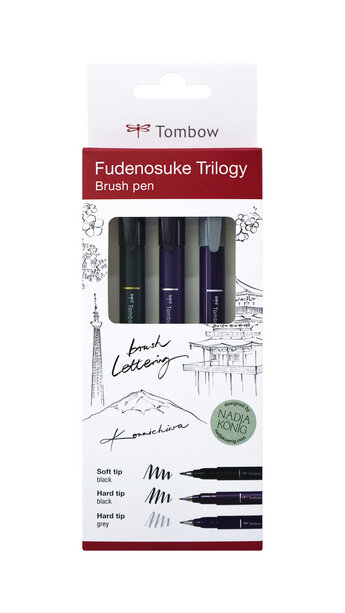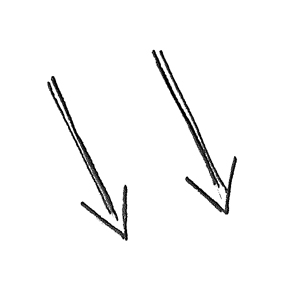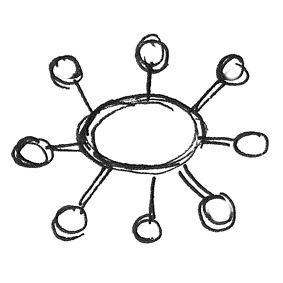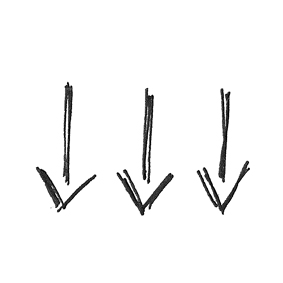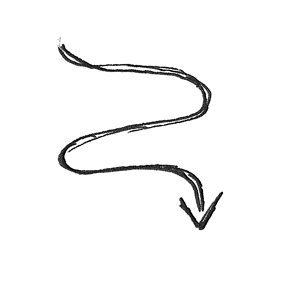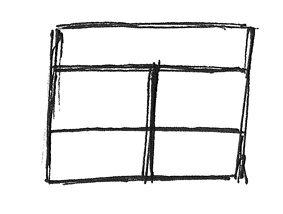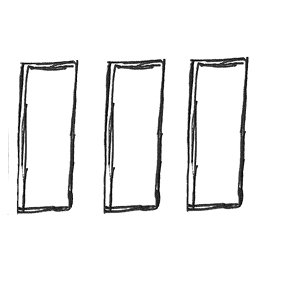How to use Fineliners and Brush Pens to create informative and appealing Sketchnotes
With Sketchnotes, you can easily prepare complicated content or long presentations. To do so, you use a combination of text and illustrations.
The drawings in the Sketchnotes should be clear and informative rather than artistically exacting. The combination of text and image makes statements easy to grasp but still detailed – and several images produced as a series or cluster make even complicated facts comprehensible. If you’d like to find out more about creating Sketchnotes, you’ve come to the right place.
Sketchnotes are ideal for these applications
Sketchnotes are a creative way to produce notes for lectures or events of any kind. They help to focus on the essential statements and record what has been heard in an easily comprehensible form. If you need to look at your Sketchnotes later, you’ll definitely remember what they’re about straightaway – and much more easily than if you’d written the content down.
A combination of image and text is better suited as a memory aid.
It’s up to you what you use Sketchnotes for. But you can present anything in the form of Sketchnotes that you would normally write down in words. The advantage: with Sketchnotes, you also end up with a clearly structured topic. Recipes, instructions, information about a topic – you can record all this in a Sketchnote.
Build a vocabulary of imagery
In order to quickly create accurate drawings, you can practise drawing common shapes and objects that require just a few strokes. In this way, you can build up a vocabulary of imagery and will be able to illustrate very quickly and efficiently. You’ll also have a pool of signs whose meaning readers can grasp effortlessly.
These pens are part of the basic equipment for your Sketchnotes
To draw Sketchnotes you don’t necessarily need special writing instruments, but each pen does have its own special characteristics. If you know them and are familiar with how they write, you can use the pens in a targeted way. This will also bring graphical variety to your Sketchnotes and capture the reader’s attention more.
Sketchnotes are generally not pre-drawn. With a little practice, you’ll be able to draw spontaneously more and more easily. Take a fineliner such as a MONO Drawing Pen and just get drawing. For wider strokes or more dynamic outlines you can also use a Fudenosuke. It has a brush tip that can be used to draw sweeping strokes as well as a beautiful rich colour.
The smaller the font, the finer the pen tip should be so that the text remains legible.
If you use different font sizes on your Sketchnote, you’ll need pens with tips of varying thickness. The Fudenosuke is available with a fixed or soft tip. Depending on how much pressure you exert, you can draw thicker or thinner strokes.
Coloring Sketchnotes
If you want, you can also add colour to your Sketchnotes, either subtle and subdued or strong colours. It can also look great to work with various grey tones and use shading in various different ways.
If possible, the colour should be less of a decorative element and more an element that supports the statement.
It can, for example, be sensible to colour in individual characters such as exclamation marks, stop signs or warning signs in red. This means that they will be much more of a visual focus. You can highlight a bulb in yellow, identifying important information at a glance.
Whether you produce your Sketchnotes in black or use other colours also depends how they will be used: if your sketch notes are to be photocopied, it makes sense to not use colour because then the copy will be the best reproduction of the original.
If you prefer it to be more artistic, you can also use watercolours or lettering in the Sketchnotes and position the text around them. This will give your Sketchnote an individual touch. The best way to do this is to use Brush Pens like the ABT Dual Brush Pen or the Fudenosuke.
Brush Pens for Handlettering in Sketchnotes
If you also include handlettering elements in your Sketchnotes, it is recommended to work with Brush Pens such as the water-based ABT Dual Brush Pens or a Fudenosuke. With these, you can achieve beautiful, sweeping lettering.
Erasers and correction tapes can be used to correct the drawing if you make a small error. If you want to revise the image again at the end, a correction roller is ideal. As it is a dry corrector, you can immediately write or draw on the corrected area again.
Products
Filter
Produkte Filtern:
Produkte Filtern:
Produkte Filtern:
Produkte Filtern:
Produkte Filtern:
Produkte Filtern:
Produkte Filtern:
Produkte Filtern:
Produkte Filtern:
Produkte Filtern:
Produkte Filtern:
Produkte Filtern:
Produkte Filtern:
Produkte Filtern:
Produkte Filtern:
Sorting

Pencils
8900 Pencil HB set of 12
High quality pencil with a 60-year history. Fine lacquer finish for an elegant design. Pack of 12 in HB hardness.
€12.00

Brush Pen & Fineliner
Art & Organising bundle: pencil case & 6 MONO drawing pens of your choice
Your creative must-have: choose 6 MONO drawing pens in your favourite colours and get the spacious pencil case in green or brown.
Available in various colours
from
€19.80

Brush Pen & Fineliner
Bullet Journal Set
Your perfect all-in-one set for bullet journaling, planning, and creative note-taking.
Available in various colours
from
€35.00

Webshop products
Eat & Create Set
Reorganise your day with the Eat & Create set: With Mepal Lunch Box & Bullet Journal for free - for your creative break
€29.90
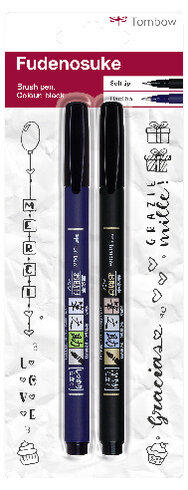
Brush Pen & Fineliner
Fudenosuke Brush Pen black blister of 2
Fudenosuke Brush Pen in a practical double pack
€6.30
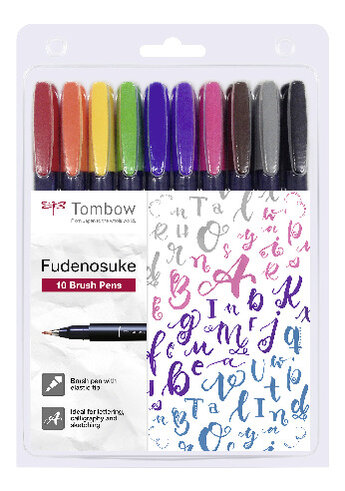
Brush Pen & Fineliner
Fudenosuke Brush Pen color set of 10
With elastic tip for variable line widths – from very narrow to very wide. Water-based pigment ink. All 10 colors in one set.
€33.00

Brush Pen & Fineliner
Fudenosuke Brush Pen hard tip single
With elastic tip for variable line widths – from very narrow to very wide. Hard tip, especially suitable for small writings.
€3.30

Brush Pen & Fineliner
Fudenosuke Brush pen soft tip single
With elastic tip for variable line widths – from very narrow to very wide. Soft tip especially suitable for larger writings.
€3.30

Brush Pen & Fineliner
Fudenosuke Brush pen twin soft tip single
With two elastic tips for variable line width. – from very narrow to very wide. Two soft tip especially suitable for larger writings.
€4.90

Brush Pen & Fineliner
Fudenosuke Color single colors
With elastic tip for variable line widths – from very narrow to very wide. Hard tip, especially suitable for small writings. Water-based pigment ink available in 9 colors.
Available in various colours
from
€3.30
